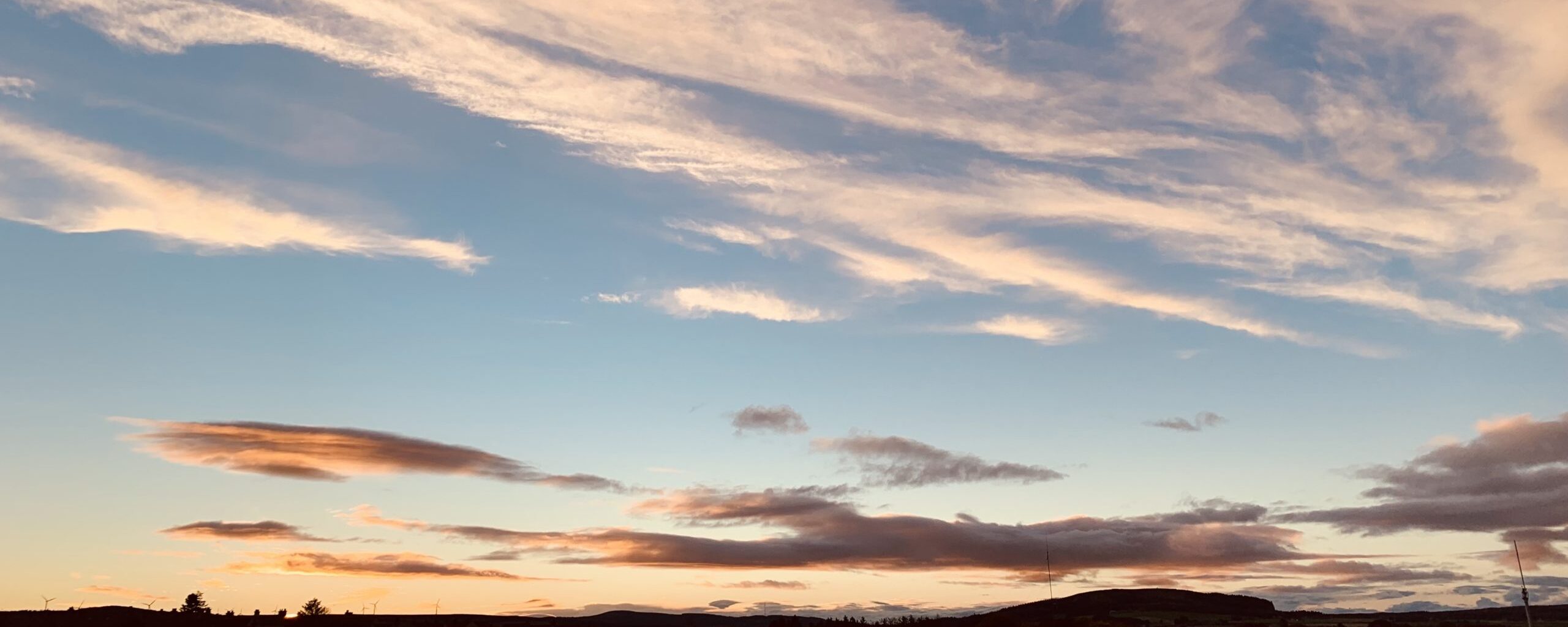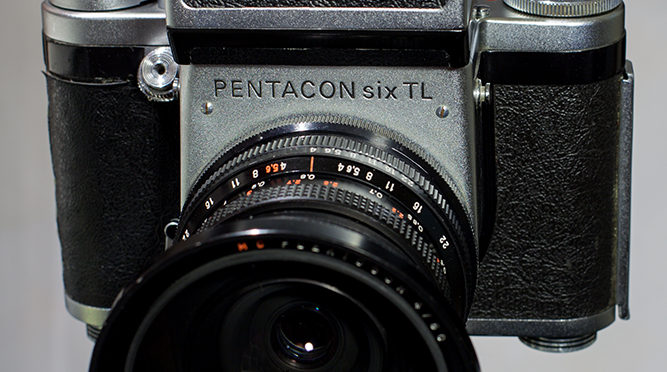Pentacon Six TL
Background
East Germany has a fairly robust history of photographic equipment manufacture, almost always with very poor initial quality. It’s not that the factories weren’t capable of making high quality items, there were simply inadequate quality control procedures in place – as if it didn’t matter and they didn’t care. Almost all buyers of older East German equipment can expect it to need adjusting, especially for frame spacing and shutter speed accuracy – come to that you can probably plan to need to do this even with something manufactured fairly recently from Kiev or the former East Germany.
The Pentacon Six was modeled on 35mm SLR cameras of the time, it’s really just a super sized version. First introduced in 1956 as the Praktisix, it went through a number of updates and name changes over a 35 year life. You’ll often see these as Hanimex Praktica 66, as the Australian distributor was used as a channel that side-stepped US prohibitions on imports from Communist nations.
Technical Details
A horizontal, cloth focal plane shutter sets this apart from in the lens, leaf shutter medium format offerings from Hasselblad. It helps to keep lens manufacturing costs down, especially since each and every one would need to be calibrated, provides a faster maximum speed – 1/1000s in theory – at the expense of slower flash sync. The body is all metal, and very heavy. Lens mount is a breech-lock bayonet, with automatic diaphragm and manual DOF preview lever – relatively advanced for the time it was first introduced. The mirro is not auto-return and remains up until reset by the film advance and shutter cock lever.
Lenses were available from Carl Zeiss Jena, not to be confused with their sibling company from West Germany, and also Schneider. Focusing is by way of an interchangeable matte screen and early models (prior to the TL) had either a simple waist level finder or pentaprism. The TL was named for the TTL metering prism which accompanied it, also usable on earlier models. Metering is pretty cumbersome because there’s no linkage between the meter and camera settings. Compose and match needle meter using the prism, then transfer shutter and aperture settings to the camera.
These models have a reputation for poor frame spacing, allegedly because the standard spacing is very tight in order to attempt to permit 13 shots to a roll. Careful film loading, to ensure a tightly wound take up spool, and consistent technique with the film advance can usually deliver adequate spacing.
Why it’s special
This camera represents a very affordable entry into medium format photography while delivering quite good quality – which is more than can be said for the Lubitel TLR. There’s a huge range of lenses available, and the camera itself is pretty simple to maintain, and there’s no separate film back. Of course the lack of a film back is also a considerable disadvantage since you can’t change film stock mid shoot.
The Museum Sample
Purchased on eBay in 2003 for approximately $200, it had been cleaned and adjusted, and works fairly well. It’s a big clunky beast of a thing and I found the handling sufficiently cumbersome that I never did use it very much.
Additional Info
- Manufacturer : Pentacon
- Year Introduced : 1968
- Year Discontinued : 1990
- Film format : 120/220
- Production run : 207,000
- Serial Number : 158328
[slideshow_deploy id=’385′]




